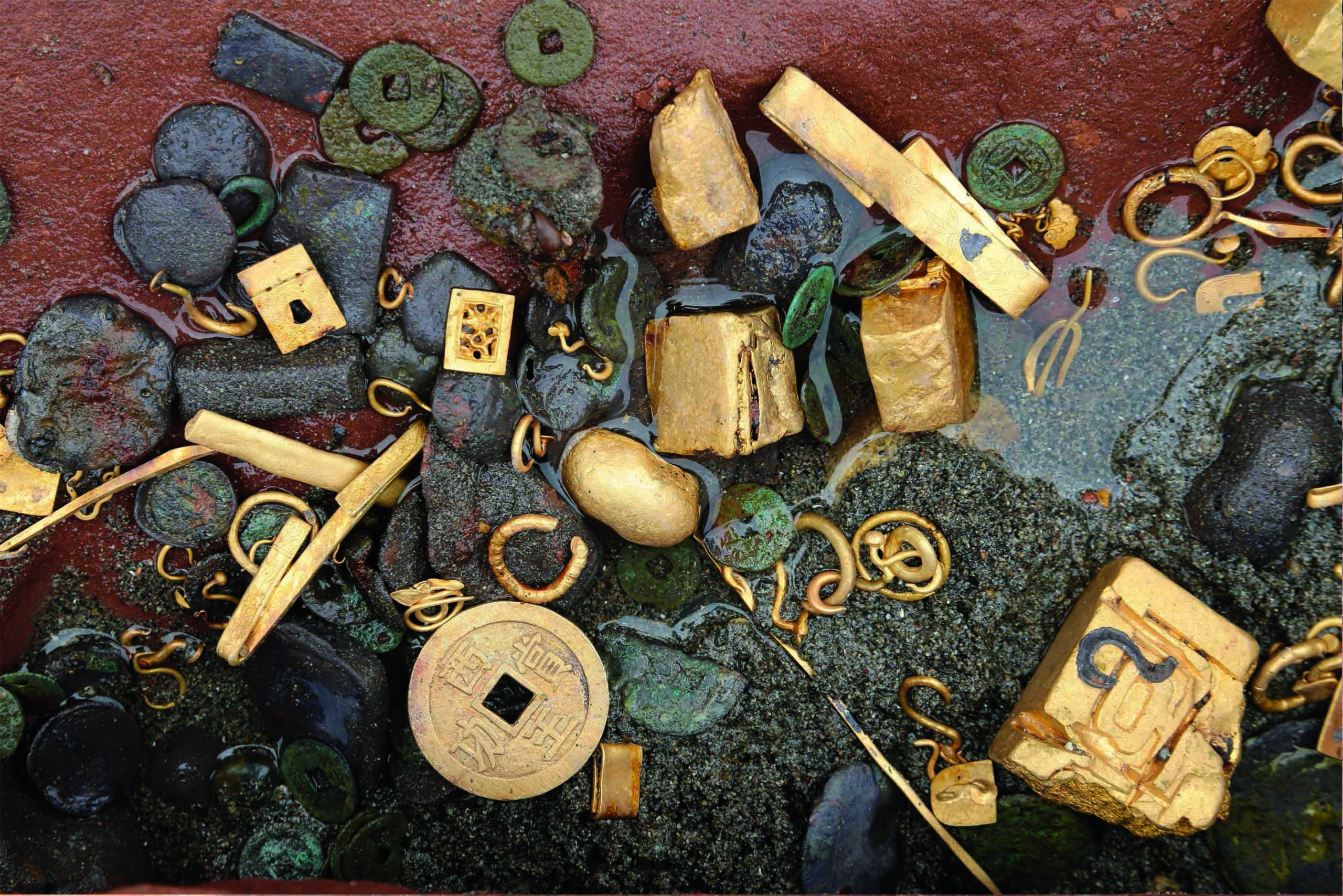
RUPINPICCOLO, ITALY—Newsweek reports that a carved stone disk discovered at a hillfort in northeastern Italy may be an ancient celestial map. The hillfort, or castelliere, where the disk was recovered was in use between about 1800 and 400 B.C., making it possible that the stone disk could date back some 2,400 years. Archaeologist Federico Bernardini and astronomer Paolo Molaro of Italy’s National Institute for Astrophysics said that 29 marks on the stone were likely made by the same person with a chisel. Twenty-four of the marks are on one face of the stone, and five marks are on the other. The researchers used software to map the marks, and found that they match groups of stars in the constellations of Scorpius, Orion, and Cassiopeia, and the star cluster Pleiades. One mark on the stone, however, could not be identified. The researchers suggest that it may represent a star in the Orion cluster that may have since exploded as a supernova, or is perhaps a failed supernova that left a black hole behind. Bernardini and Molaro believe that a search for a black hole in that area could verify their interpretation. They also think the disk may have been used by the people who lived at the hillfort to track changing seasons and the agricultural calendar. Read the original scholarly article about this research in Astronomical Notes. To read about a celestial map unearthed in Germany, go to "Mapping the Past: The Nebra Sky Disc."










